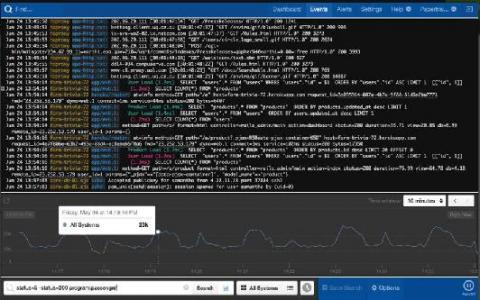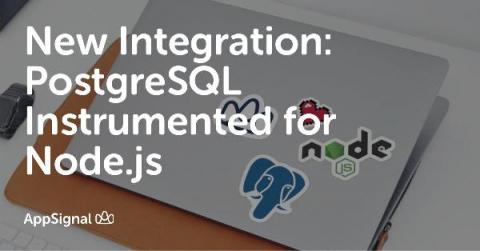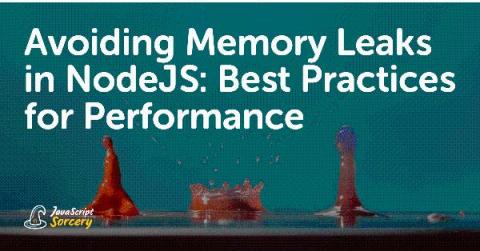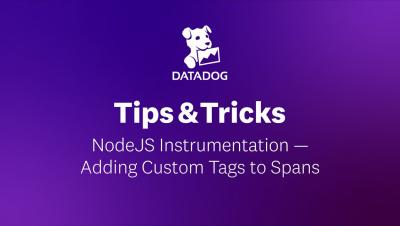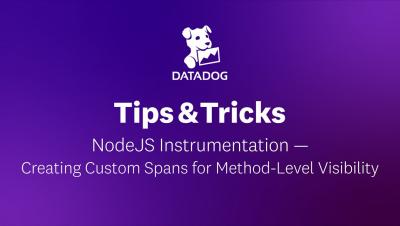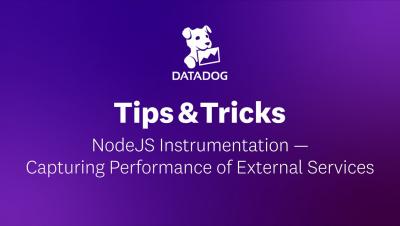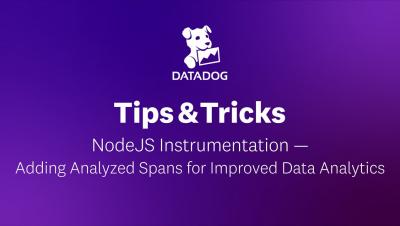Operations | Monitoring | ITSM | DevOps | Cloud
NodeJS
Serverless Most Popular Programming Languages
About 90% of all Lambda functions monitored by Dashbird on AWS Lambda are running Nodejs and Python runtimes. Is this purely a reflection of the general popularity of these programming languages?
New Integration: PostgreSQL Instrumented for Node.js
Today’s release of Node.js integration supports PostgreSQL as well as all the consumers of the pg library.
Avoiding Memory Leaks in NodeJS: Best Practices for Performance
Memory leaks are something every developer has to eventually face. They are common in most languages, even if the language automatically manages memory for you. Memory leaks can result in problems such as application slowdowns, crashes, high latency, and so on. In this blog post, we will look at what memory leaks are and how you can avoid them in your NodeJS application. Though this is more focused on NodeJS, it should generally apply to JavaScript and TypeScript as well.
An Exploration of Runtime Metrics: Node's Event Loop
NodeJS Instrumentation - Adding Custom Tags to Spans | Datadog Tips & Tricks
NodeJS Instrumentation - Creating Custom Spans for Method-Level Visibility | Datadog Tips & Tricks
NodeJS Instrumentation - Capturing Performance of External Services | Datadog Tips & Tricks
NodeJS Instrumentation - Adding Analyzed Spans for Improved Data Analytics | Datadog Tips & Tricks
Top metrics to look out for while monitoring Node.js applications
Applications built on the Node.js platform, an event-driven I/O server-side JavaScript environment based on Google Chrome’s V8 engine, are known as Node.js applications. Since both the server-side and the client-side are written in JavaScript, Node.js facilitates easier and faster implementation of codes, and processes requests quickly and simultaneously; this is greatly beneficial for building real-time applications, especially chat and streaming applications.


